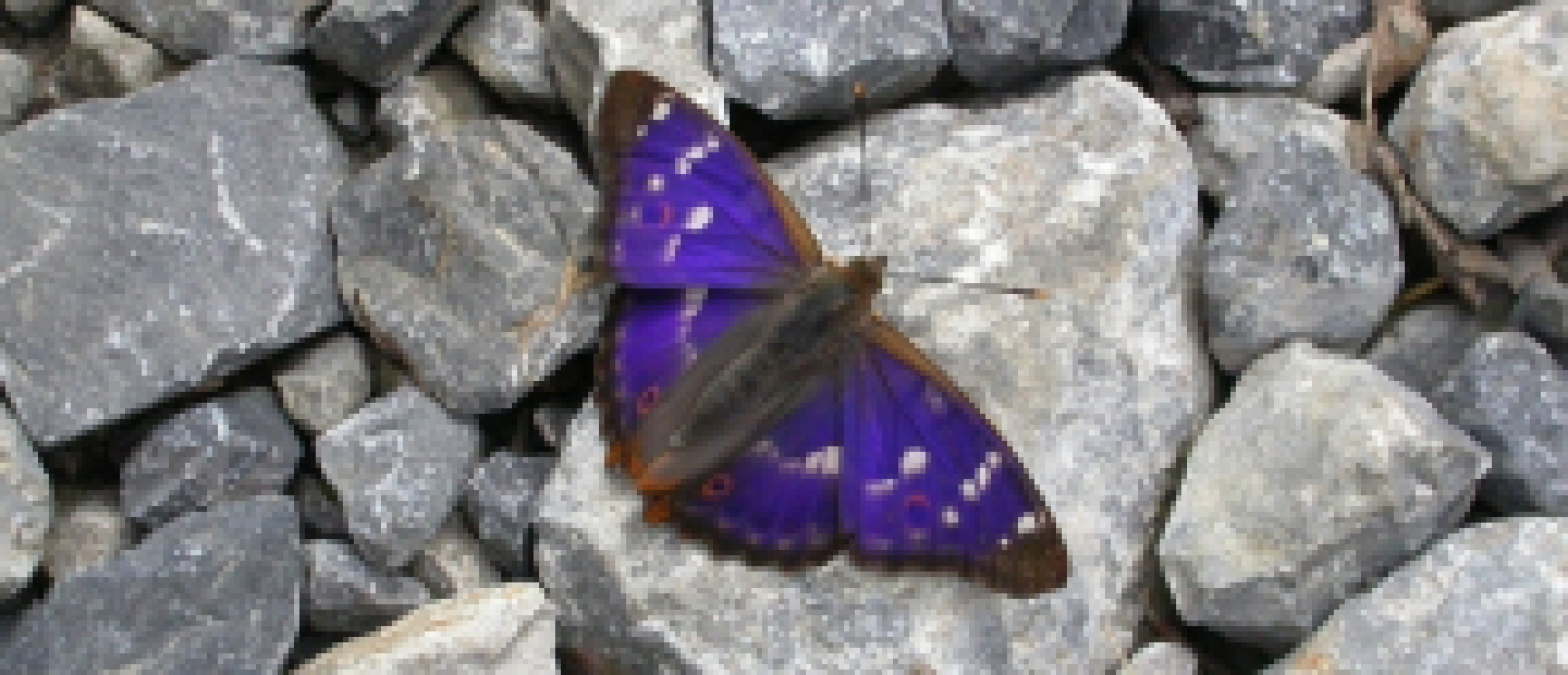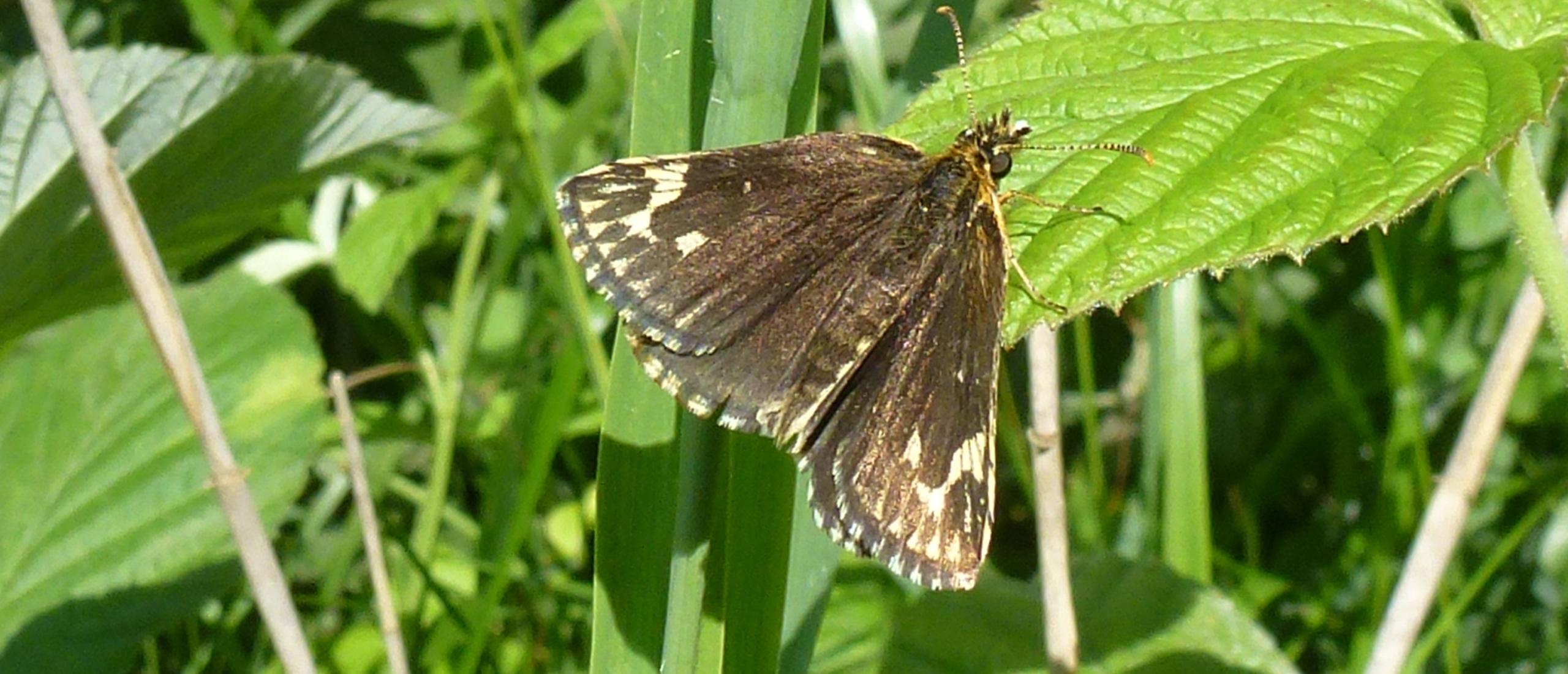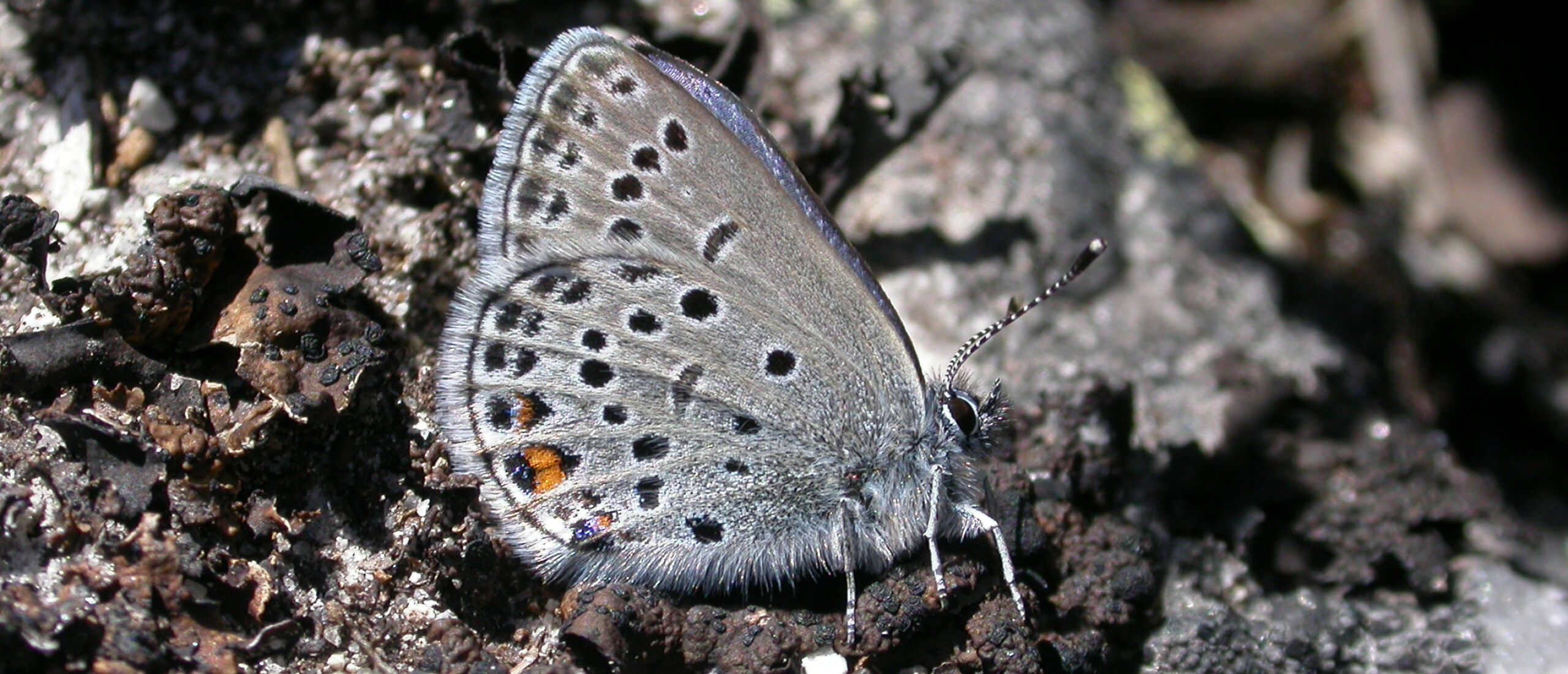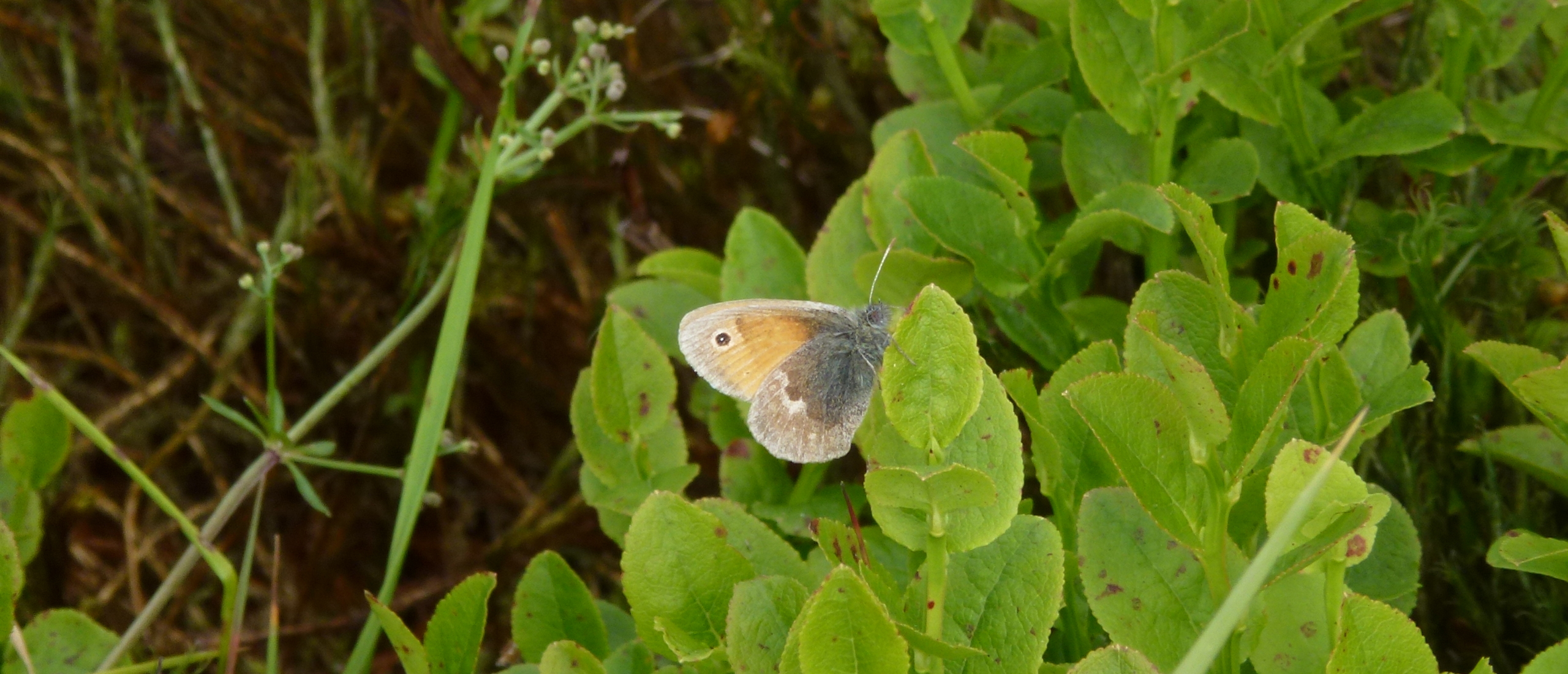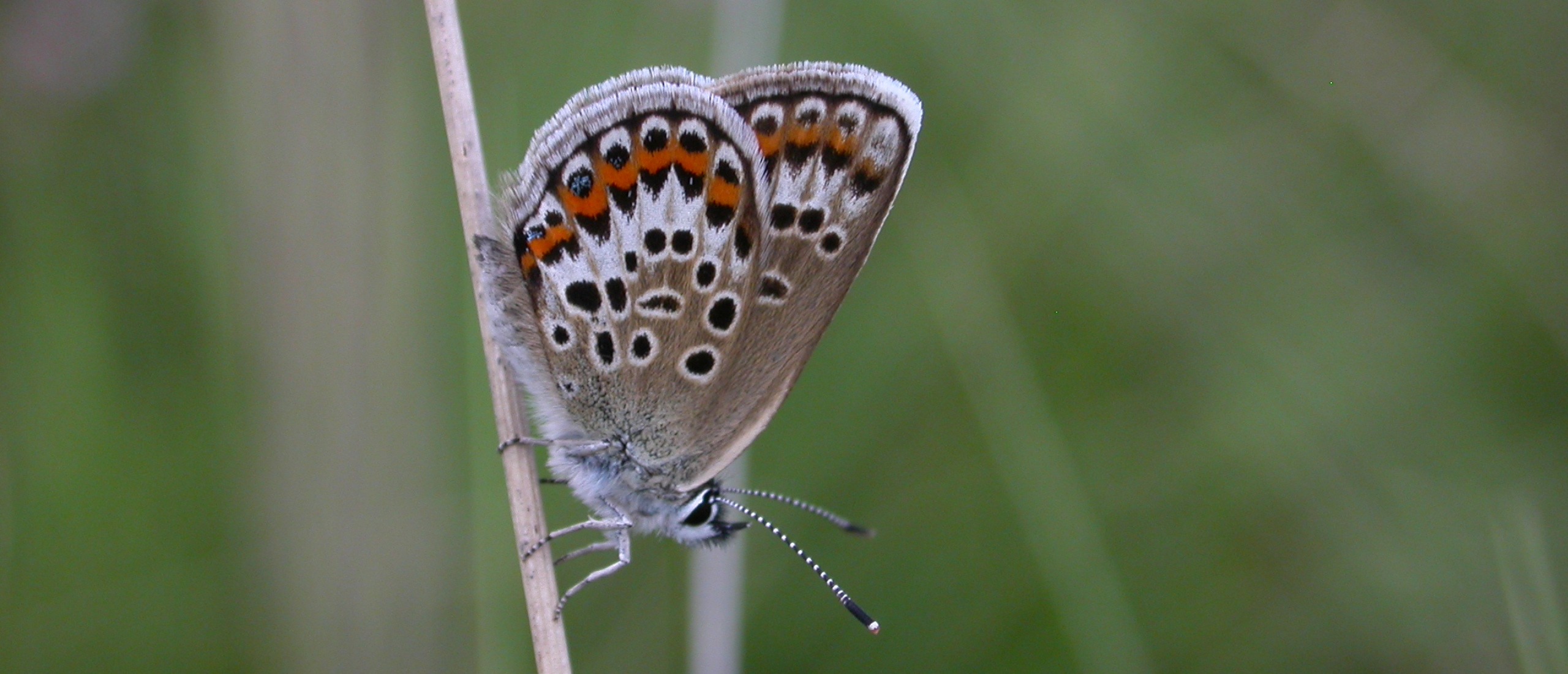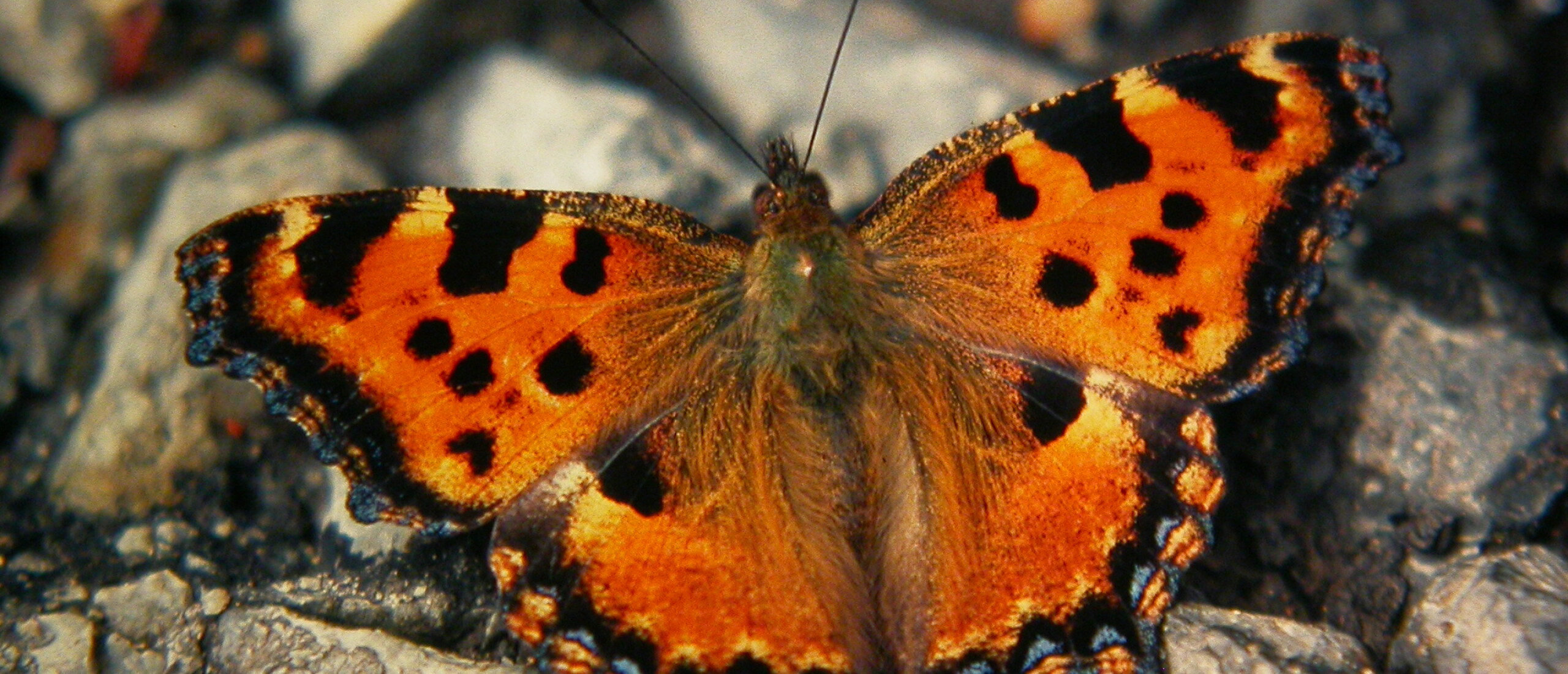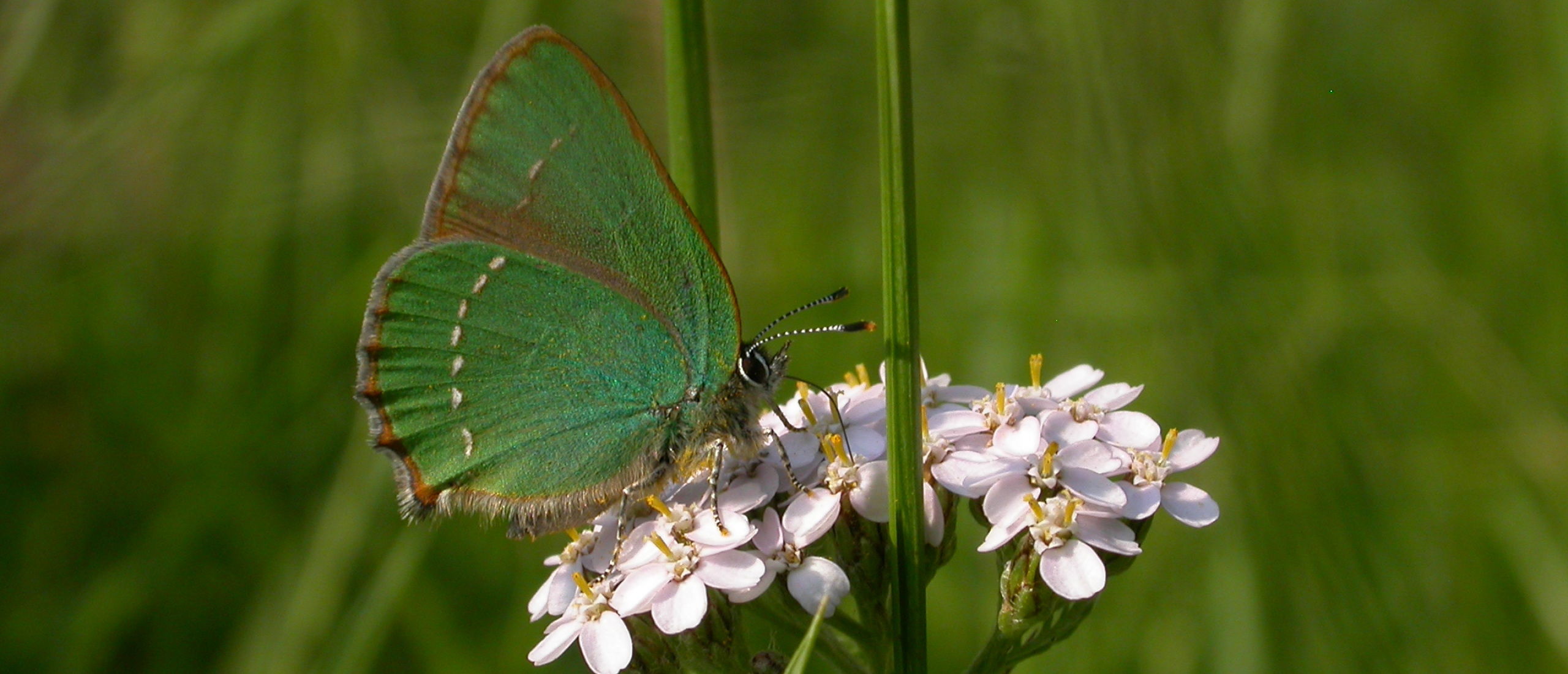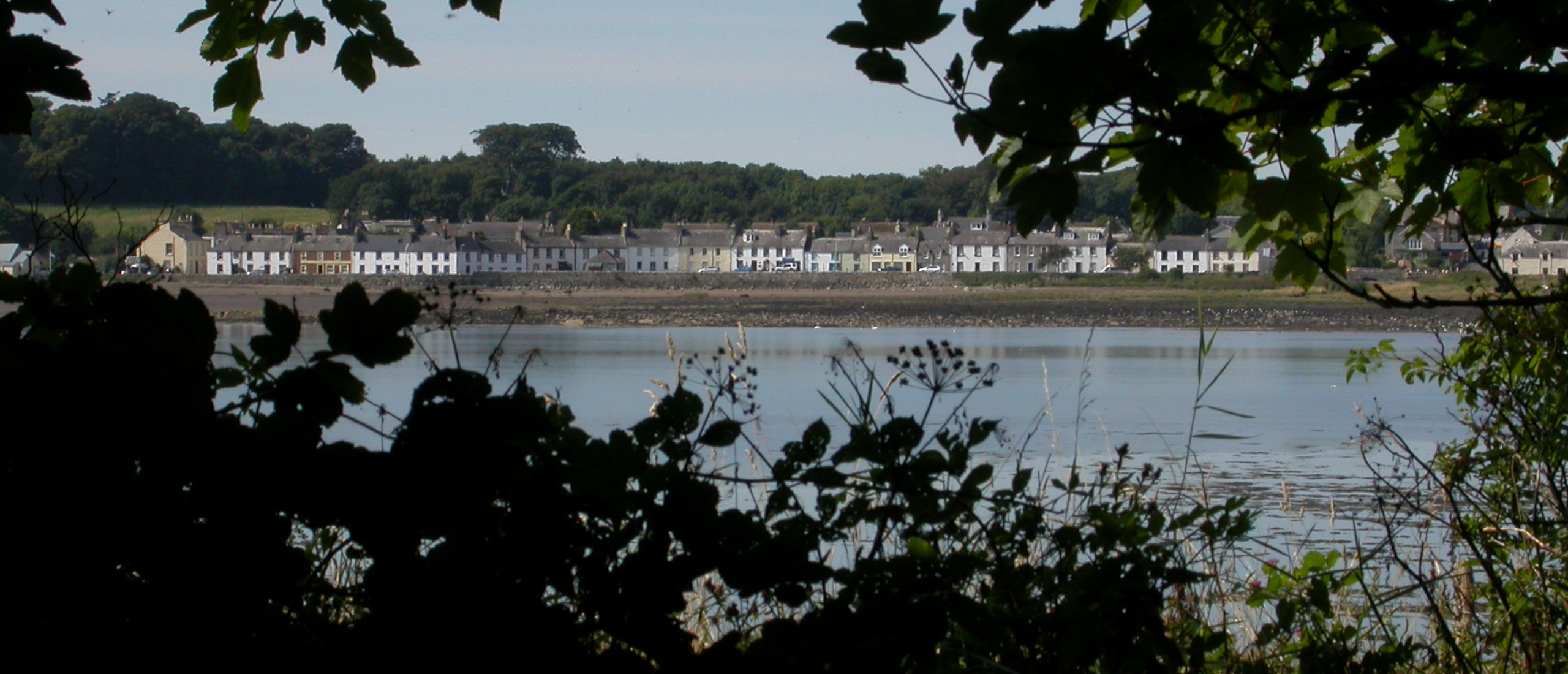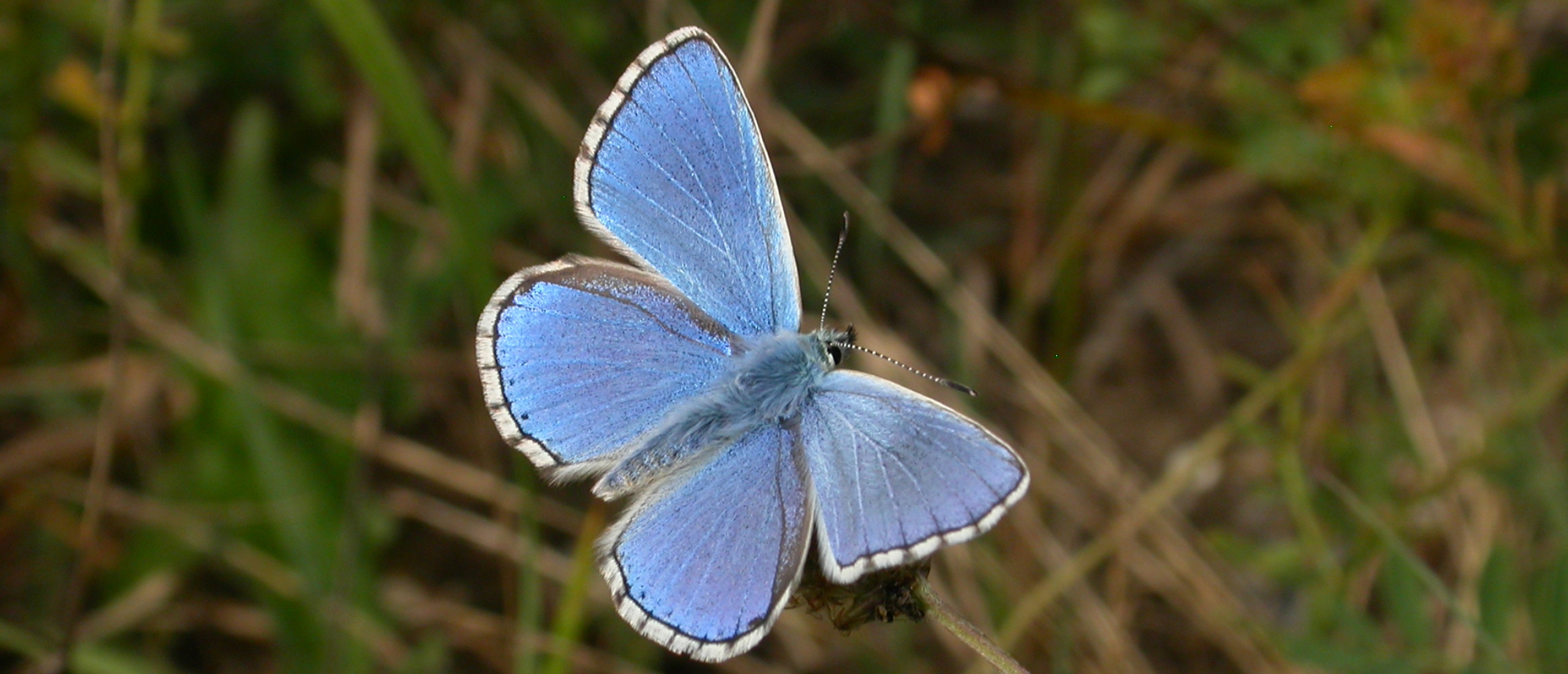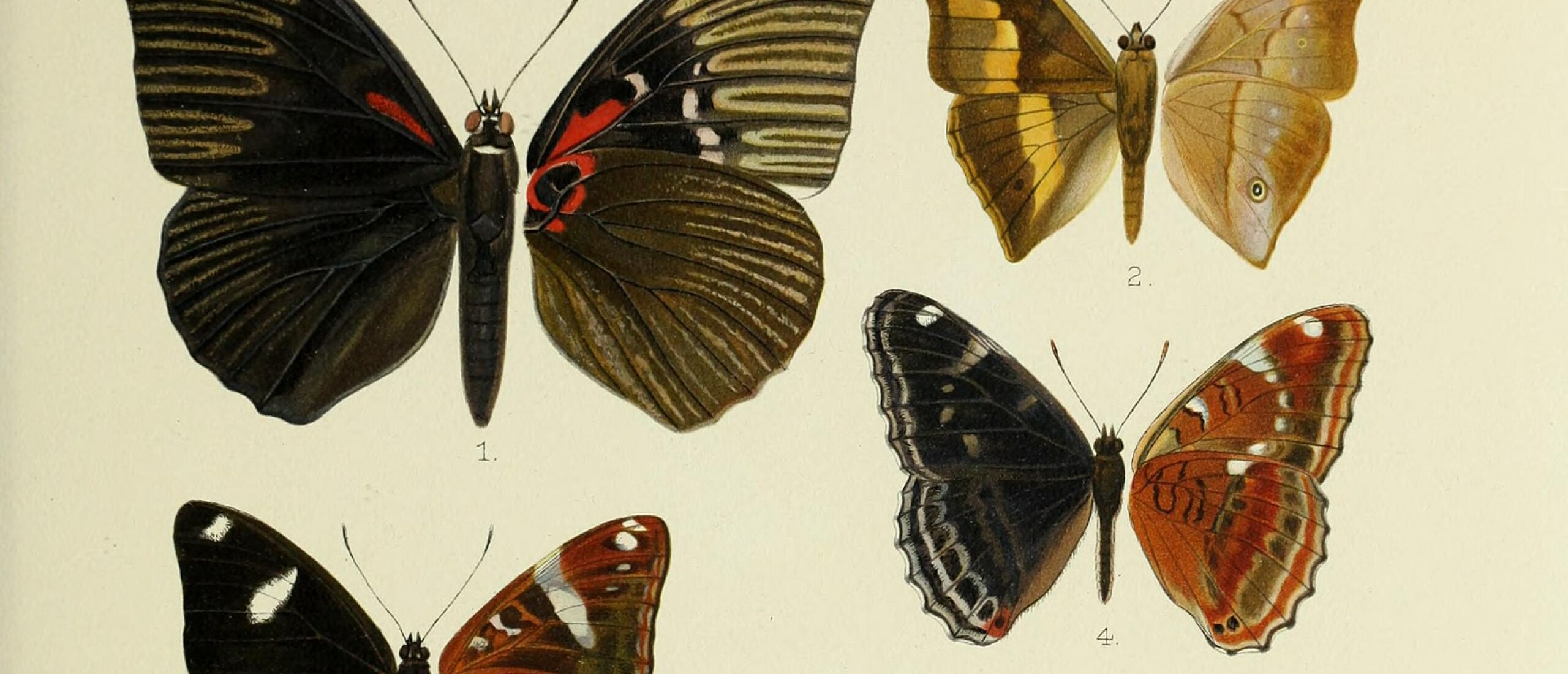
Finishing off the hypothetical 2013 butterfly list, just as the 2014 real list hits 11 species! During the dark and gloomy winter months, I tried to keep myself in a cheerful, sunny, summery mood by "adding" extra species of butterfly that I should have seen in 2013 to those that I really did see. In reality, my list came to 77 species in my usual areas in the Netherlands, Belgium, northern France, a small area of western Germany and northern England/southern Scotland, and at the time of my last blog-post, I had "reached" 86 species. Now that Spring is truly here, and my 2014 list has already reached 11 species, I must now finish off that hypothetical 2013 list in order to concentrate on and leave space for 2014! Further butterflies that I could/should have found in 2013 were as follows: Poplar Admiral, Limenitis populi. This butterfly is very rare in the region I normally frequent, but I did have the amazing experience of finding one magnificent individual in southern Belgium on my birthday, 29th May, in 2011. I visited the location twice in 2013, but to no avail, although some individuals were seen later. [singlepic id=1857 w=320 h=240 float=center] Poplar Admiral, Belgium, May 2011 High Brown Fritillary, Argynnis adippe. This species has declined drastically in my regular haunts in northern France and southern Belgium, for reasons that are unclear. I could have seen it when I visited the limestone hills around Arnside, just south of the English Lake District, and in fact I may well have done so, but the weather was poor and it was already late in the year by the time I got there in 2013. [singlepic id=1241 w=320 h=240 float=center] High Brown Fritillary, Sweden, July 2009 Alcon Blue, Maculinea alcon. This and the following three species have an extraordinary life-cycle, the adult females laying their eggs on particular food-plants, as other butterflies do, but the larvae eventually end up in the nests of particular types of ant, which then host them throughout the autumn, winter and following spring, feeding their own young to the imposters, which "pay" for the ants' hospitality with drops of honeydew. The Alcon Blue is restricted to heathland habitats where the beautiful Marsh Gentian, Gentiana pneumonanthe, grows, and where its host ant can also be found. I know several habitats of the Alcon Blue in the Netherlands, but unfortunately I left the country too early in July, and consequently missed it in 2013. [singlepic id=1672 w=320 h=240 float=center] Alcon Blue, the Netherlands, July 2006 Dusky Large Blue, Maculinea nausithous. This and the following species had been extinct for many years in the Netherlands, but were reintroduced to a restored site near s'Hertogenbosch. I have looked for them once here in the past, but access is difficult and I had already left the country for my summer visit to Scotland in 2013 before the butterflies were on the wing. [singlepic id=1858 w=320 h=240 float=center] Dusky Large Blue, Germany, July 2010 Scarce Large Blue, Maculinea teleius. See above. I have never succeeded in photographing this species. Large Blue, Maculinea arion. Within my usual region, I have only ever once seen a Large Blue. I found it on the beautiful juniper-covered slopes near Alendorf, in the Eifel region of Germany. Whether it was a wanderer I do not know, but I have not found one since. [singlepic id=1679 w=320 h=240 float=center] Large Blue, Sweden, July 2009 So, had I added all these extra species, my final 2013 total would have been 92 species. Theoretically it could be possible to reach 100, but it would be a struggle.


